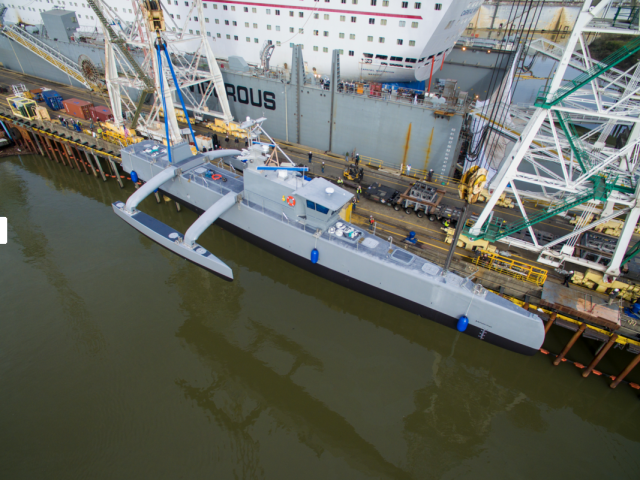The announcement of the $3.1B frigate upgrade is solidly good news. This very welcome project does, however, contain hidden dangers.
Significantly, the DND backgrounder suggests it will include:
- A new command and control system
- New radar suite
- IFF Mode S/5 - Interrogator Friend or Foe Mode S/5
- Internal communications system upgrade
- Harpoon Missile system upgrade (surface to surface)
- Electronic warfare system upgrade
- Preventive, corrective and unique mid-life maintenance activities
- Modifications to the BOFORS 57mm Naval Gun
- Replacement of the Shield II Missile Decoy Countermeasures System
- Replacement of the Integrated Machinery Control System
- Replacement of the Navigation Radar
- Long-range infrared search and track system (SIRIUS)
- Evolved Sea Sparrow Missile (surface to air) ESSM.
- Modifications for the Cyclone Maritime Helicopter
- Insertion of the Military Satellite Communication System
Even assuming portions of the midlife refit involving such things as new paint and bottom scraping will come from a separate naval maintenance budget, I have difficulty believing one can do all the above for $258M per ship ($3.1B divided by 12 with no project management overhead taken off). Ten years ago the upgrade for the frigates' air search radar alone cost $150 million - and no integration was involved.
Other issues intrude on this project. Unfairly or not, the purchase of the UPHOLDER submarines has raised doubts in the public about naval capital projects. In addition, the naval project management system is now being stressed with also running the Joint Support Ship (JSS) and, now, the Arctic/Offshore Patrol Vessel (A/OPV). To further complicate matters, Canadian industry has had few large naval projects over the last ten years so there is a potential for technical problems, delays and cost overruns. In addition, there is no frigate test-bed available anymore to test new equipment and its integration prior to going to a ship. Finally, the navy's efforts to get a destroyer replacement program and an eventual follow-on to the frigate will be driven by how competently it manages JSS, A/OPV and this frigate modernization program.
This suggests to me some emerging principles:
- Cost overruns in JSS, A/OPV, and Halifax modernization will come out of the future fleet. Despite the fact that the Assistant Deputy Minister Material is co-responsible, the public's confidence in naval management will suffer most. As a result, such overruns should be considered unacceptable and a few points below show how this can be done.
- This suggests that when the competing bids come in for the Halifax upgrade, top marks should go to the consortium that has the best off ramps (administrative decision-making tools that allow for canceling an event once certain thresholds are passed) for high risk sub-projects. That is, if the new command and control system (remember the Type 23?) or the radar upgrade (remember the Marconi ASR?) comes in asking for more money, and I suspect they will, they must be cut adrift early. In addition, a sub-project must not be allowed to hold the total project ransom and a competent bid will identify off ramps and an alternative solution for such potential problems.
- The frigates will be here for a long time. The first priority here should be on maintenance with capability improvement being secondary. Further, such necessary but mundane elements as long term hull preservation are less risky. If done properly they also reduce long term crew work and downstream maintenance. The countless hours my sailors spent cleaning up because we did not fit stainless steel drains to the frigates was a sin.
- In that light, the announcement's claim that "One of the most important upgrades to our frigates will be enhanced command and control centres, giving Canadian vessels the ability to lead operations, not just participate in them" should be treated with caution. You cannot expect the public to pay for new command and control AAW destroyers while at the same time funding a backdoor command and control AAW frigate.
- Finally, as much as possible, let someone else do the risk. We have already paid for the design risks for our frigates years ago so let us not unnecessarily reinvent what we already got right in such complex areas as command and control. For JSS and the A/OPV, proven offshore designs should find the most favour over bold made-in-Canada designs.
- Focus our in-house engineering on the destroyer replacement and the frigate follow-on.
The real need is to recognize that these ships will only come if we have demonstrated competence in managing Halifax Class Modernization, JSS, and the Arctic Patrol Vessel.



